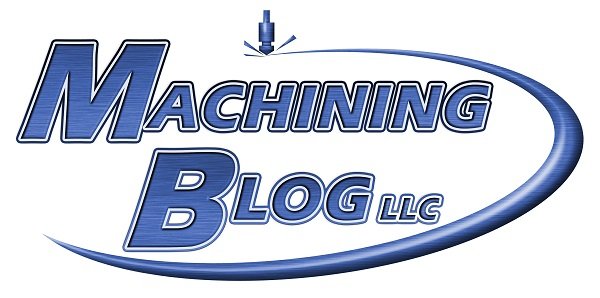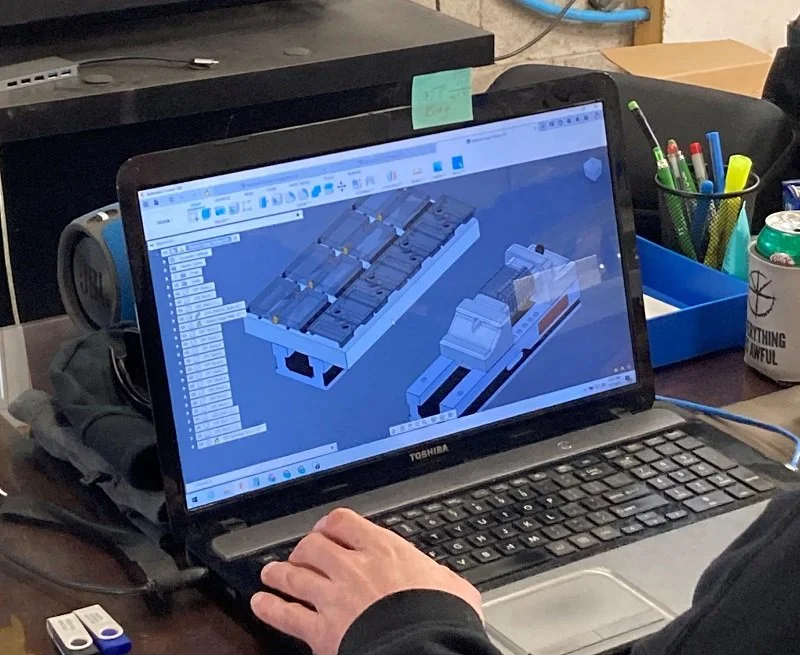Transforming Robotic End of Arm Tooling with 3D Printing
The use of 3D printing for making robotic end-of-arm tooling (EOAT) is a significant advancement in manufacturing. These components are crucial for industrial automation as they help robots boost factory production.
Understanding Robotic End Effectors:
Robotic EOAT, often referred to as robot grippers or robotic hands, are the mechanisms attached to the end of robotic arms. Their primary function is manipulating and interacting with objects, mirroring human hand movements. These end effectors are the link between the robotic system and the materials or products it handles. From picking and placing items to assembly and welding, the capabilities of robotic end effectors are diverse and play a crucial role in streamlining production processes.
Why 3D Print Robotic EOAT?
The emergence of 3D printing technology has changed manufacturing, offering unprecedented possibilities for customization, speed, and cost-efficiency. Here’s why incorporating 3D-printed robotic EOAT can be a game-changer for companies:
1. Design Freedom and Customization
Traditional manufacturing methods often impose design limitations due to the constraints of machining or molding processes. 3D printing, on the other hand, allows for intricate and complex geometries that can be tailored to the application’s specific requirements. Robotic EOAT can be designed with shapes and features optimized for particular tasks, improving overall efficiency. These additional complexities would be an added cost to machine, but with 3D printing, this is not the case.
2. Rapid Prototyping and Iteration
3D printing enables rapid prototyping, so companies can quickly create and test different iterations of robotic EOAT before finalizing a design. This iterative process accelerates development timelines, ensuring the end effector meets performance criteria without extended downtime.
3. Reduced Weight and Material Usage
EOAT created through traditional manufacturing methods often utilizes more material than necessary, resulting in increased weight and energy consumption for the robot. 3D printing allows for lightweight designs that maintain strength and durability, contributing to improved throughput of the robot and less material waste.
4. Cost-Efficiency
Traditional manufacturing processes often involve significant upfront costs, especially for creating molds or tooling. With 3D printing, companies can reduce tooling expenses and avoid minimum production quantity requirements. This particularly benefits small-batch, bridge tooling, or customized production runs.
5. On Demand Production
3D printing enables on-demand production, eliminating the need for large stockpiles of spare parts, by replacing them with a digital inventory of STL files. This approach reduces storage costs and inventory management complexities, as companies can produce EOAT as needed.
6. Markforged Material Variety
Markforged 3D printers support Onyx and Onyx variants, Nylon, Ultem 9085, smooth TPU, and Precise PLA as base materials. The unique materials offered by Markforged allow its base materials to be reinforced with a handful of continuous fibers to unlock the strength unmatched by other 3D printers. Markforged continuous fiber options are Fiberglass, Kevlar, and Carbon Fiber. With continuous Carbon Fiber reinforcement, parts can rival the strength of aluminum and steel.
Robotic end-of-arm tooling stands as an essential component in industrial automation, revolutionizing how materials are handled, assembled, and processed. By integrating 3D printing into the production of these components, companies can unlock a new level of customization, agility, and cost-effectiveness. As manufacturing continues to evolve, the synergistic marriage of robotics and 3D printing promises to reshape industries and redefine the boundaries of what is possible in the realm of automation.
To learn more about this, visit the GSC website.







